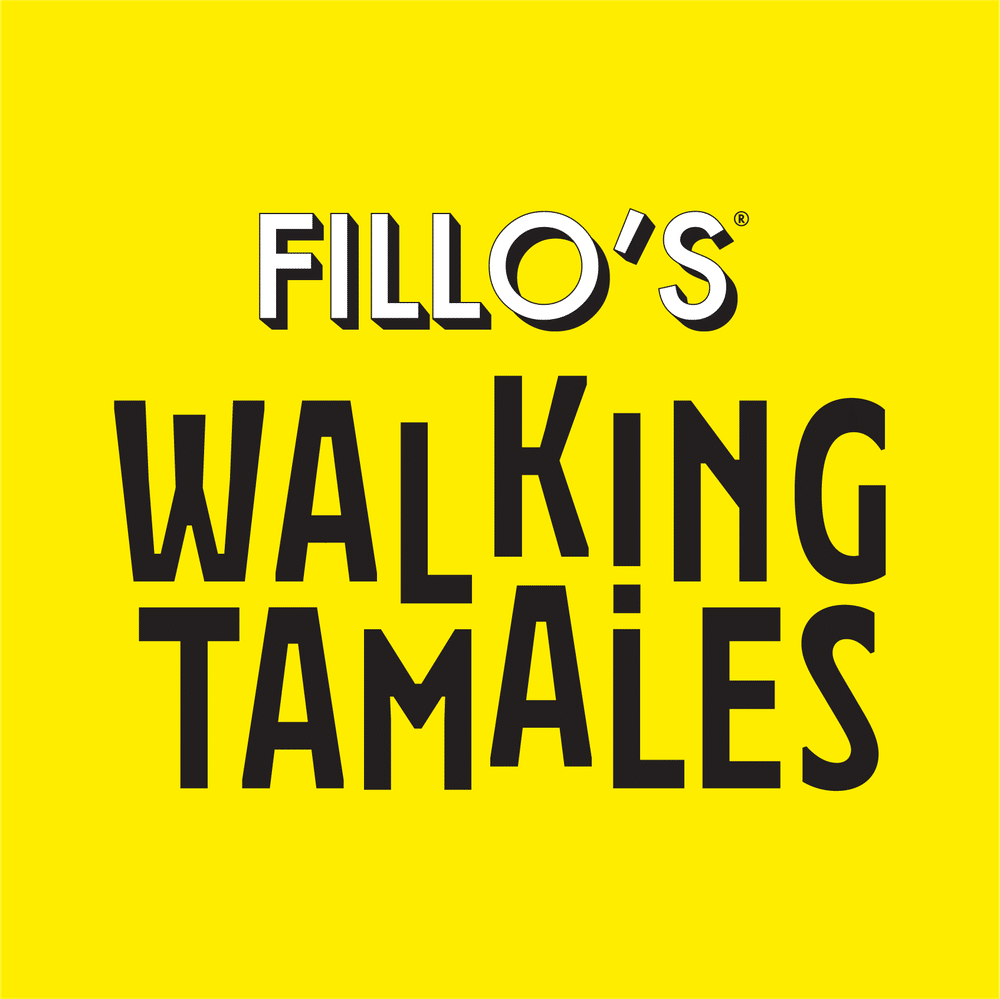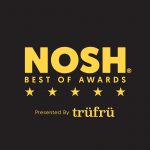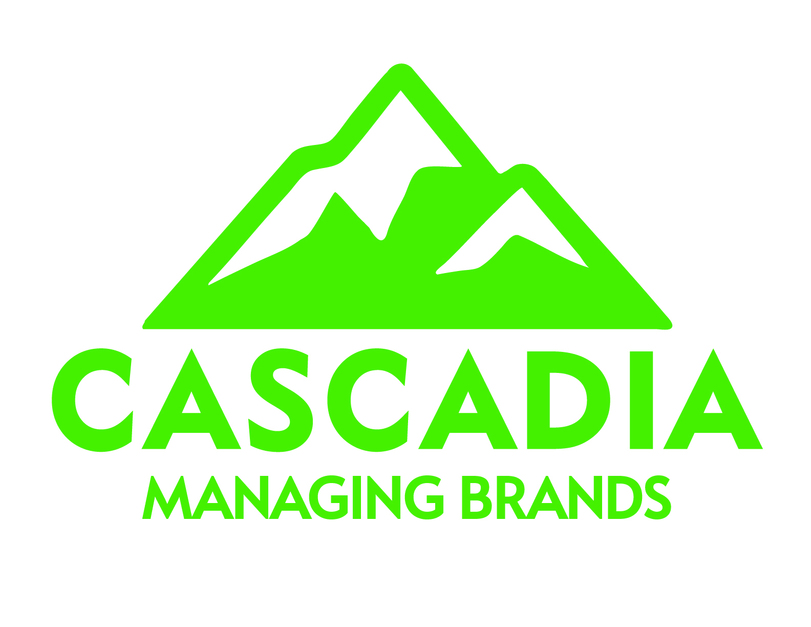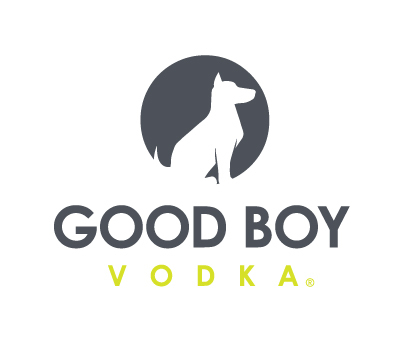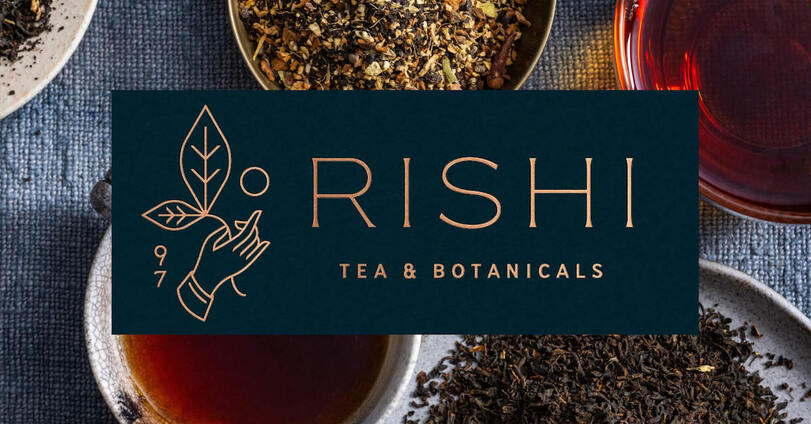How Are Brands Bringing Beans To A New Generation?
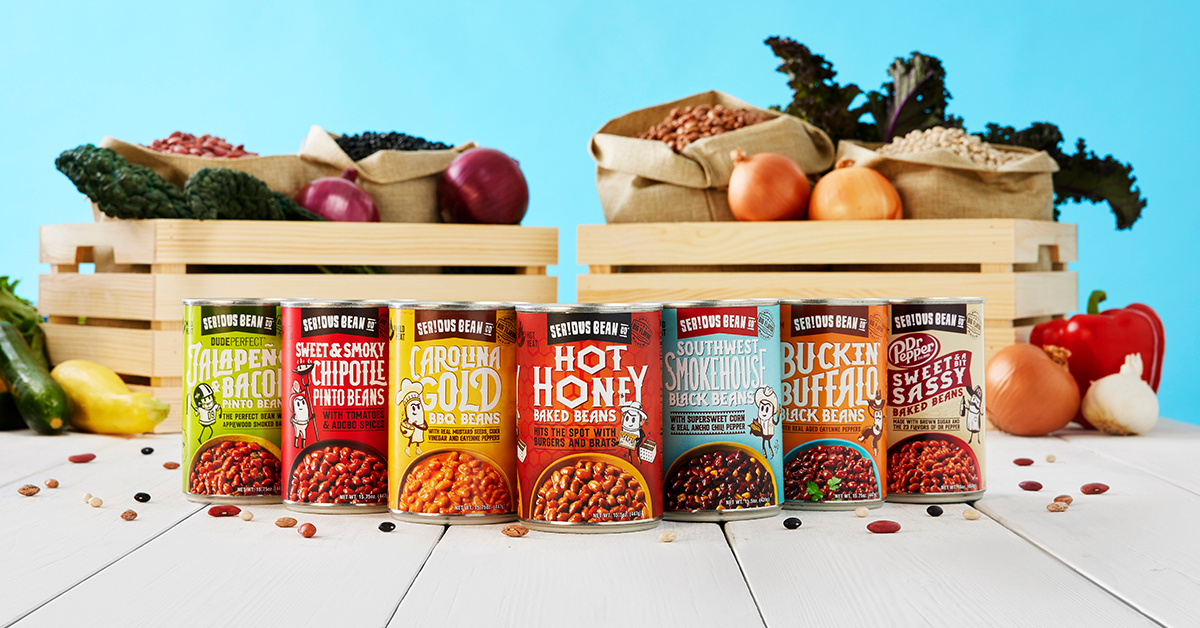
Canned beans is one of the many pantry staples that rode a COVID-driven roller coaster in and out of consumer baskets during the last four years.
Like other shelf-stable products, cooked beans hit dollar and unit sales highs in 2020 and then declined dramatically as inflation hit the industry. As the category has started to recover with sustainable growth metrics in the last two years, many insurgent brands — both new and more entrenched — are positioning in different ways to compete against canned bean incumbents.
Whether it’s using viral online marketing to differentiate and build a diversified retail footprint or building on ethnic flavors with convenience-oriented packaging, cooked beans are bringing a pantry staple category back in-vogue for a new generation of consumers.
Over the last four years, baked beans have shown the swings of consumer buying habits in and out of the pandemic with unit sales swinging from a 19.1% gain in 2020 to a year-over-year decline of -14.5% in 2021, according to MULO + Convenience sales data from Circana. In the 52-week period ending September 8, volumes were down -2.6% year-over-year.
Refried beans have followed a similar trajectory up 19.3% in unit sales during 2020 and taking a ride from red to green over the following three years before landing at -0.5% in the last 52-weeks.
On the whole, growth continued to trend upward throughout the canned bean category which includes a variety of products from green and garbanzo beans to refried and baked varieties, said Sally Lyons Wyatt, Circana global EVP and chief advisor of consumer goods and foodservice insights. Most importantly the category is hitting consumers’ needs where they are with affordability, convenience and high-protein in a multitude of recognizable and ethnic flavors.
Interestingly a lot of the growth is happening online, whether on mass retailers’ ecommerce vehicles, Amazon or DTC, Lyons Wyatt said, “a part of that is because of the convenience of online, but the bigger part is the ability to look for pricing. A lot of people will look for pricing and then make a choice: Do I then go into the store, or do I go ahead and order online?”
But before those shoppers start searching online, there has to be brand awareness that often begins by differentiating from category leaders like Bush’s, Goya and Heinz on social channels and in-store aisles.
More Than A “Wall Of Brown”
A standout in bringing the category to a new generation has been Heyday Canning Co. which launched with retro packaging, viral pop-up marketing and innovative flavors like Kimchi Sesame Navy Beans. Appealing to a millennial or Gen Z cohort who might not normally be the target consumer for pantry staples led Heyday to springboard into canned soups this summer which offers brand blocking opportunities in-store and more options online.
Another brand making the leap into its next stage of growth is Serious Bean Co. The company launched in 2015 by Matt Brown and Trey Taylor by taking a playful approach to the baked bean category. It wasn’t until Serious Bean partnered with Dr Pepper on a Sweet and a Bit Sassy variety in 2018 that the brand began to garner more consumer awareness.
That same year, Serious Bean Co. was acquired by 136-year-old, Wisconsin-based food manufacturer Lakeside Foods. Using Lakeside’s production scale and distribution network has led to gains in distribution with bigger retailers like Walmart, Albertsons, Meijer, Schnucks and H-E-B offering Serious Bean in-store and online.
Building on its success in “middle of the country” conventional chains, Serious Bean partnered with Texas-based entertainment brand Dude Perfect on a Jalapeño & Bacon flavor in 2020 and refreshed its packaging two years later, doubling down on its visual appeal, said Lakeside Foods director of brand marketing Matt Voltoline.
“Aesthetically, it used to be just this wall of brown,” he said. “Now you see all these bright, vibrant colors. We’re a little more fun and light hearted, but not over the top.”
Despite its growth at in-person grocery stores, Serious Bean has maintained strong velocities online and in ecommerce, often outpacing the category, Voltoline said.
“We know that Gen Y (millennial) consumers are overrepresented in online food shopping,” he said. “It’s not empirical, but we are connecting with a younger consumer.”
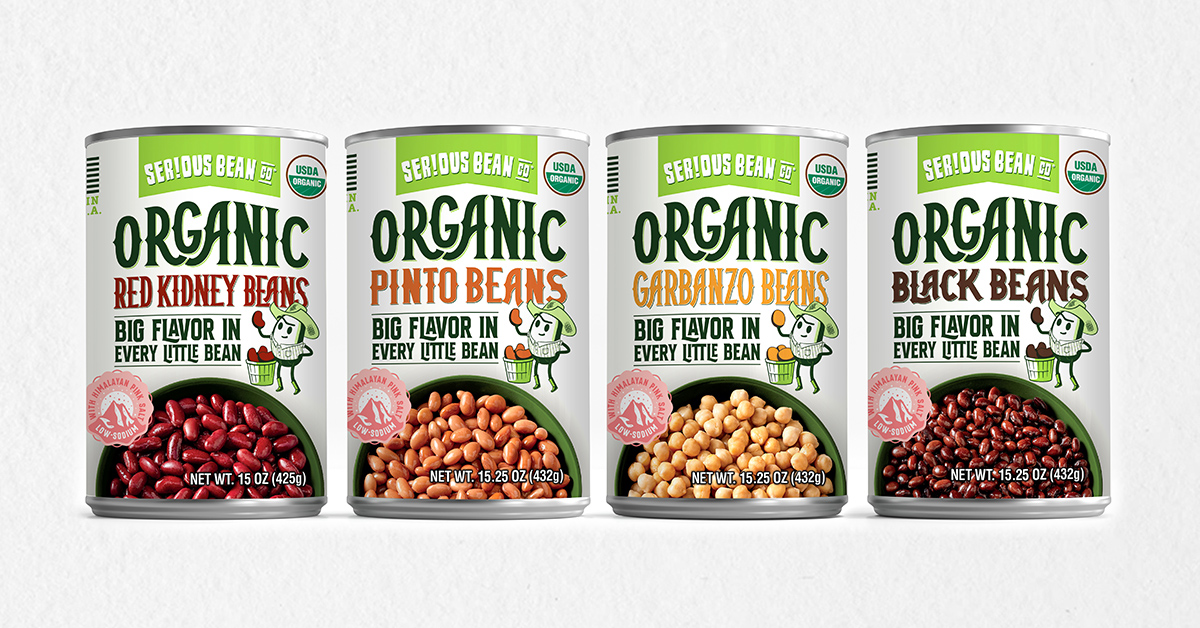
To dig in deeper, the company is marketing towards more natural channel retailers by targeting younger, health-conscious consumers with the launch of a USDA Organic line of canned Pinto, Red Kidney, Garbanzo and Black Bean lightly flavored with Himalayan pink salt. The new line, which launched in September at Schnucks as well as on Walmart.com and Amazon, and is seen as a vehicle to reach consumers where they are shopping and hit a different target demographic.
The organic bean line is positioned towards a part of the consumer base that might not want a “saucy” bean with higher amounts of sugar and salt but is looking for “ingredient beans” that can be added to recipes, Voltoline said.
“We were leaving a lot of people out of the brand,” he said. “[Organic beans] created a unique proposition that was true to the brand.”
Pouches Over Cans
Bigger natural brands like Amy’s Kitchen and Siete Foods have also entered the canned bean category leveraging their own natural and gluten-free attributes. Others, like Somos and A Dozen Cousins, have flexed convenience with center-of-plate bean meals in pouches.
Fillo’s looked at pouched beans early on as an opportunity to innovate in the stale pantry staple category. Launching its bean pouches in 2017 at midwestern Whole Foods Markets, the brand had to do a lot of “heavy lifting” investing in demos, sampling, field marketing and promotions to educate retailers and consumers about the format, Fillo’s co-founder Daniel Caballero told Nosh.
Not only do pouches bring a fresh look to the category but they can offer real savings on shipping and transportation costs. Flexible pouch packaging weight — which refers to the weight of the package without its contents — can be less than 10% of the packaging weight of an aluminum can. Manufacturing costs can be lower with flexible pouches compared to cans but that is all dependant on scale.
Comparing pricing on some retailers online show that pouches are still hovering upwards of $0.30 per ounce whereas many canned varieties are below $0.10 per ounce.
For Fillo’s the decision to use pouches was more about convenience and differentiating early on from the incumbent brands. Caballero said that Fillo’s packaging offered “a little bit more versatility and ease” to consumers whether it’s microwavable quick lunch at the office or boiled in water as a camping meal.
As more brands have entered pouched beans, “they have shared in the marketing cost of bringing shoppers to the set,” he said. “We’re pretty content with where we stand. As far as growth goes, it’s just continuing to drive trial and gain incremental shoppers to the set.”

Currently, Fillo’s offers seven SKUs of beans, four (Peruvian Lentils, Puerto Rican Pink Beans, Tex-Mex Pinto and Cuban Black Beans) are available online and the other three (Mexican Mayocoba, Panamanian Garbanzo and Refried Mild Cranberry) available through various retail partners.
For Fillo’s, beans provided the bedrock for further convenience-oriented innovation. The company hopes it can bring its Walking Tamales line into more c-store and drugstore chains along with its current foothold in the grocery channel. As for the beans, Fillo’s is just building on what it has already established over the last seven years.
“Our velocities are still climbing,” Caballero said. “It is a category defined as a staple. So given that nature, I don’t think it would have been reasonable to expect double-digit velocity growth year-over-year since 2020. I don’t have any expectations that its going to start growing at like 15% or 20% a year or anything like that. It’s not that kind of category.”


